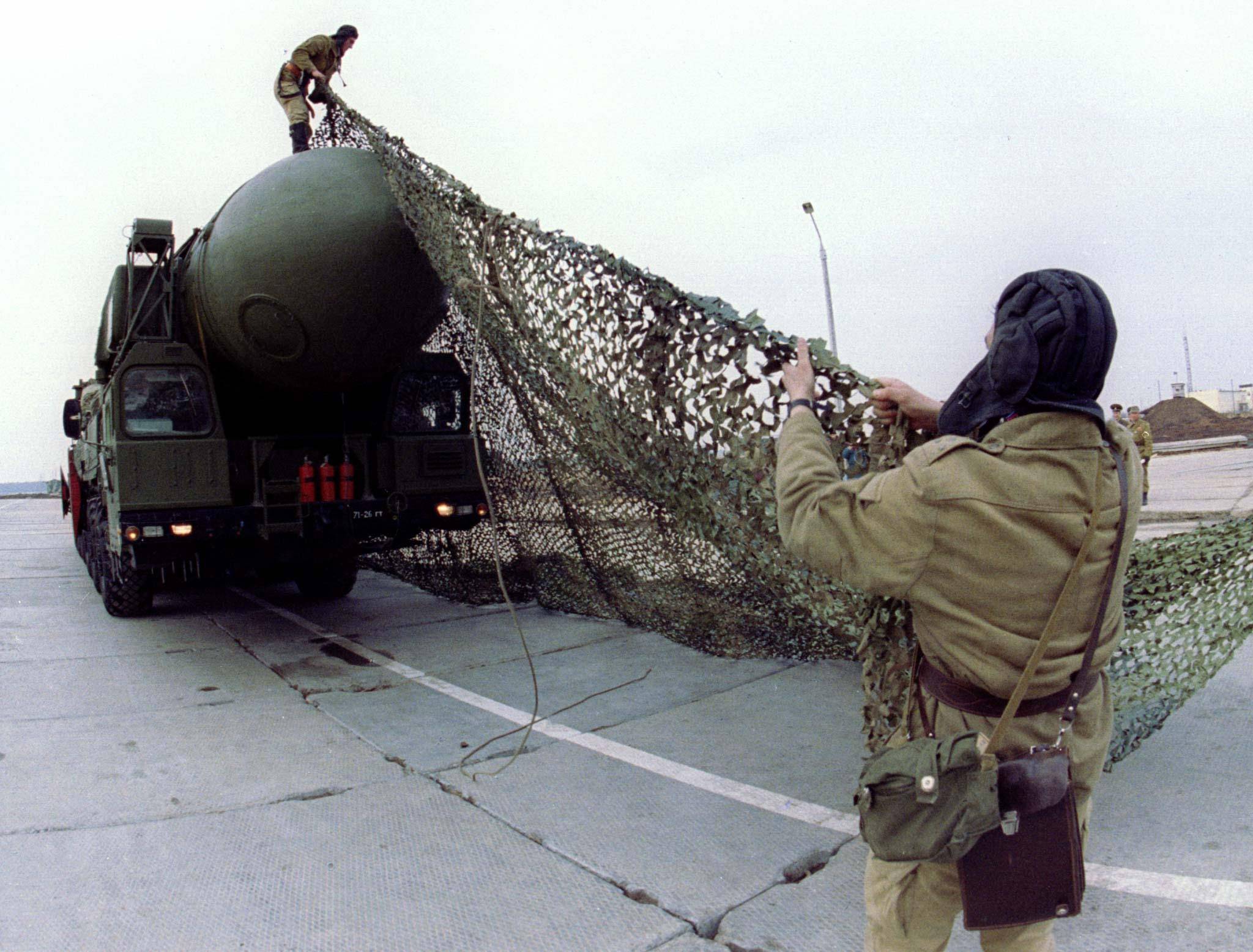A year on, we’re still struggling to come to grips with the implications of Russia’s invasion of Ukraine.
Even though the war will likely continue for some time — a bloody stalemate could last for years. In discussions I recently had at a conference in Brussels, some experts drew parallels to the Korean Peninsula — with some lessons emerging, some proving encouraging, but most troubling.
The following stood out:


















With your current subscription plan you can comment on stories. However, before writing your first comment, please create a display name in the Profile section of your subscriber account page.